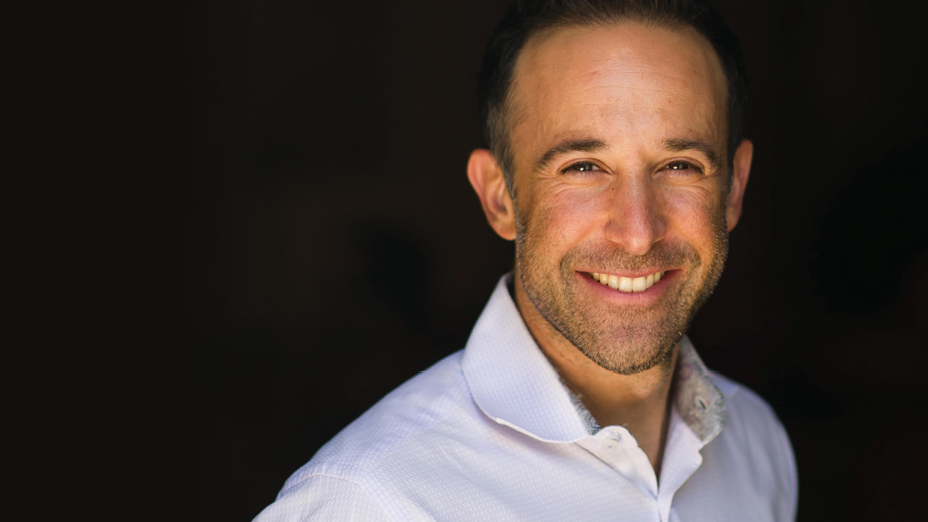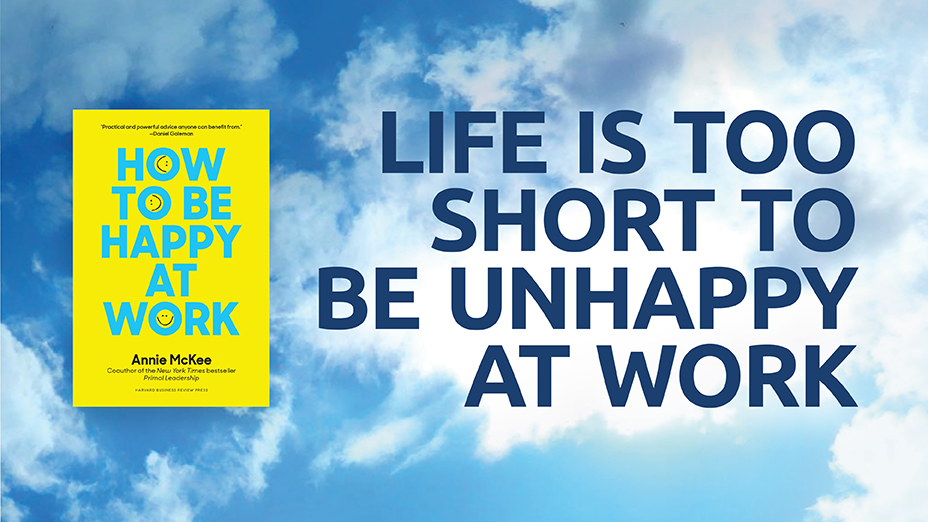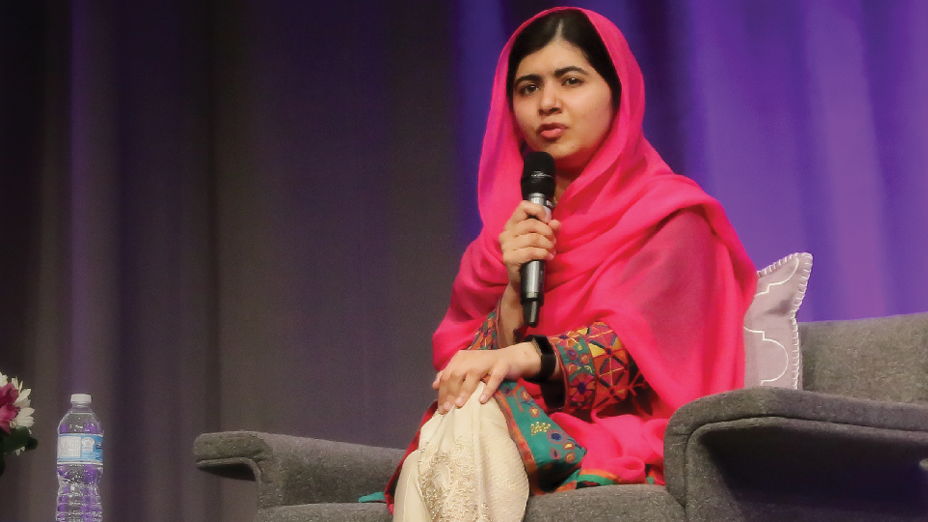An oft-quoted statement from acclaimed management consultant Peter Drucker asserts that "culture eats strategy for breakfast." Yet even today, many companies pay more attention to their strategies than their underlying culture, often at the expense of success. That's because many business leaders think that changing corporate culture is near impossible, while shifting a strategy is only a productive whiteboarding session and a new scorecard away.
Yet both data and our experience with Fortune 1000 clients show that an extremely effective way companies can shape their culture to better support strategic initiatives is by strengthening and leveraging their Goodness Programs – or, rather, their giving, volunteering and other philanthropic efforts. Here's why.
"Culture still eats strategy for breakfast."
Start with Grassroots Engagement
Best-in-class programs that positively transform culture have engagement at their core. These initiatives focus on companies' most sustainable differentiator – their people – and connecting with them around interactions with causes and issues they are personally passionate about. When companies embed easy ways to feel, interact and experience these passions as part of their day-to-day work, their people feel more connected and purpose-driven. This same ethos can work to drive customer engagement and brand loyalty, as well.
Above all, grassroots engagement is crucial to shaping culture. Progressive corporate giving and volunteer programs provide a great way to foster broad-based participation across teams, geographies and languages. Rather than mandating a few causes to contribute to, the most compelling programs provide open choice for participants, and reduce friction around where and how employees' hard-earned money and valuable time and talents are donated. They also aim to localize efforts in a way that will unify groups of people and put employees at the center of decision making. In fact, companies that empower employee choice in workplace giving see five times more participation than those that limit contributions to a few causes or annual campaigns.
Where the Heart Meets the Head
By making it compelling and easy to participate in giving and volunteering in a local or global context, companies have a straightforward path to cultivate widespread engagement around collective impacts in a personally resonant way.
In simple terms: If you speak to the heart, the head will follow. Well-designed and well-executed corporate giving and volunteer programs meet people at a place where their heart and head intersect – where culture and strategy come together. So by influencing culture, more effective corporate giving and volunteer programs can also have a positive impact on strategy and execution. These programs also provide authentic and action-oriented ways for businesses to live their values, and "do well by doing good." And that feeling of authenticity and alignment pays tangible dividends over time. According to studies, companies that adopt well-designed corporate responsibility programs see an increase in employee engagement and productivity, and a reduction in employee turnover.
More than ever, people are looking for meaning in their work – but they are less likely to find that meaning in a corporate strategy or vision document. They want to see commitments to positive change in action, and have opportunities to be co-creators of that change.
"If you speak to the heart, the head will follow."
A Meaningful Cultural Shift for the Future Workforce
Millennials in particular are swiftly changing the rules of the road for business, as they will grow to be 50% of the workforce by 2020. Stereotypes and misperceptions aside, millennials are in fact the most community-driven and connected generation to date. Rather than just work/life balance, they are seeking work/life integration, which requires different approaches on most things, including corporate giving initiatives.
Never has the need for a more engaged corporate culture been greater, nor a more opportune time to galvanize people around Goodness Programs. Millennial employees demand it – with more than half of recent college graduates saying they want to work for a company that has corporate social responsibility values that align with their own, and 56 percent saying they would consider leaving a company that didn't live up to values they expected.
As you examine conventional ways to create and impact your corporate culture, don't forget that you have a powerful tool available that goes beyond offering perks like free yoga and unlimited vacation time. Modern giving and volunteer programs are no longer a nice-to-have but rather an essential way to shape culture in a manner that helps attract, retain and develop talent, while building employee loyalty and support for strategic initiatives. In addition to creating greater social impacts, your business will be all the better for doing it right.





.png)



What Did You Think?